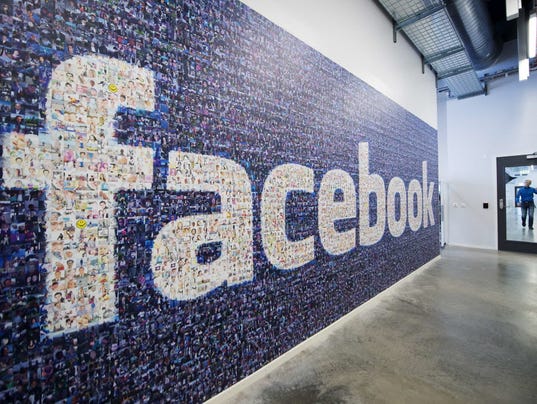Deep in the jungles of Honduras, an expedition of archaeologists recently discovered a remote city, thought to be lost for a thousand years. The city, believed to be what indigenous people call La Ciudad Blanca, Spanish for “The White City,” is thought to be the ruins of the legendary City of the Monkey God, that explorers have been searching for since Spanish Conquistador Hernán Cortés claimed to have heard reports of a lost civilization in Honduras that contained a vast wealth.
Deep in the jungles of Honduras, an expedition of archaeologists recently discovered a remote city, thought to be lost for a thousand years. The city, believed to be what indigenous people call La Ciudad Blanca, Spanish for “The White City,” is thought to be the ruins of the legendary City of the Monkey God, that explorers have been searching for since Spanish Conquistador Hernán Cortés claimed to have heard reports of a lost civilization in Honduras that contained a vast wealth.
The lost city, who’s discovery was so recent and unexpected that it doesn’t even have a name yet, has remained completely untouched since its inhabitants abandoned it. In order to keep it that way, and away from potential looters, it’s location isn’t being disclosed. As evidence of the remoteness of the lost city, the team reported that the animals in the surrounding jungle appeared to have never encountered humans before.
For hundreds of years, scientists, archaeologists, and explorers have tried to find the lost City of the Monkey God, and with all the rumors about it, it began to take on an almost Atlantis-like, mythical quality among the locals, who spoke of it as if it were a paradise, where Indians hid from Spanish Conquistadors, and from which “no one ever returned.” Many years after Cortés sought out the lost city, famed aviator, Charles Lindbergh claimed to have seen a white city while flying over Honduras in 1927. The name City of the Monkey God started gaining traction among explorers by the 1930’s, and in 1939, an adventurer by the name of Theodore Morde said he had discovered the lost city, but never revealed its whereabouts, and he committed suicide before he was ever able to return to it. In the 1950’s, Hungarian explorer Tibor Sekelj, financed by the Ministry of Culture of Honduras, launched a small, and ultimately fruitless, expedition to discover the lost city.
e end, all expeditions to find La Ciudad Blanca proved unsuccessful, until 2012, when documentary film maker Steve Elkins, using remote sensing technology known as LiDAR (which is believed to stand for Light Detection and Ranging, or alternatively is a portmanteau of ‘light’ and ‘radar’), mapped the ground of the area while flying over it through the thick jungle. When the pictures taken by the LiDAR were later processed, they revealed signs of civilization, such as earthworks and mounds, seemingly shaped by human hands, as well as canals. It was these images that eventually led Fisher and his team to make their amazing ground discovery last week.
It is incredibly rare in this day and age for a lost city to be discovered completely untouched, but sometimes, like the discovery of Mahendraparvata in Cambodia in 2013, explorers get lucky, thanks to the fact that ancient peoples often preferred the solitude and safety of remote locations on which to build their civilizations
Read more at http://www.inquisitr.com/1894809/lost-city-discovered-could-it-be-the-legendary-city-of-the-monkey-god/#4bg3svASp3JJlk1q.99
It is incredibly rare in this day and age for a lost city to be discovered completely untouched, but sometimes, like the discovery of Mahendraparvata in Cambodia in 2013, explorers get lucky, thanks to the fact that ancient peoples often preferred the solitude and safety of remote locations on which to build their civilizations
Read more at http://www.inquisitr.com/1894809/lost-city-discovered-could-it-be-the-legendary-city-of-the-monkey-god/#4bg3svASp3JJlk1q.99


















 The 45-year-old male’s
The 45-year-old male’s 
